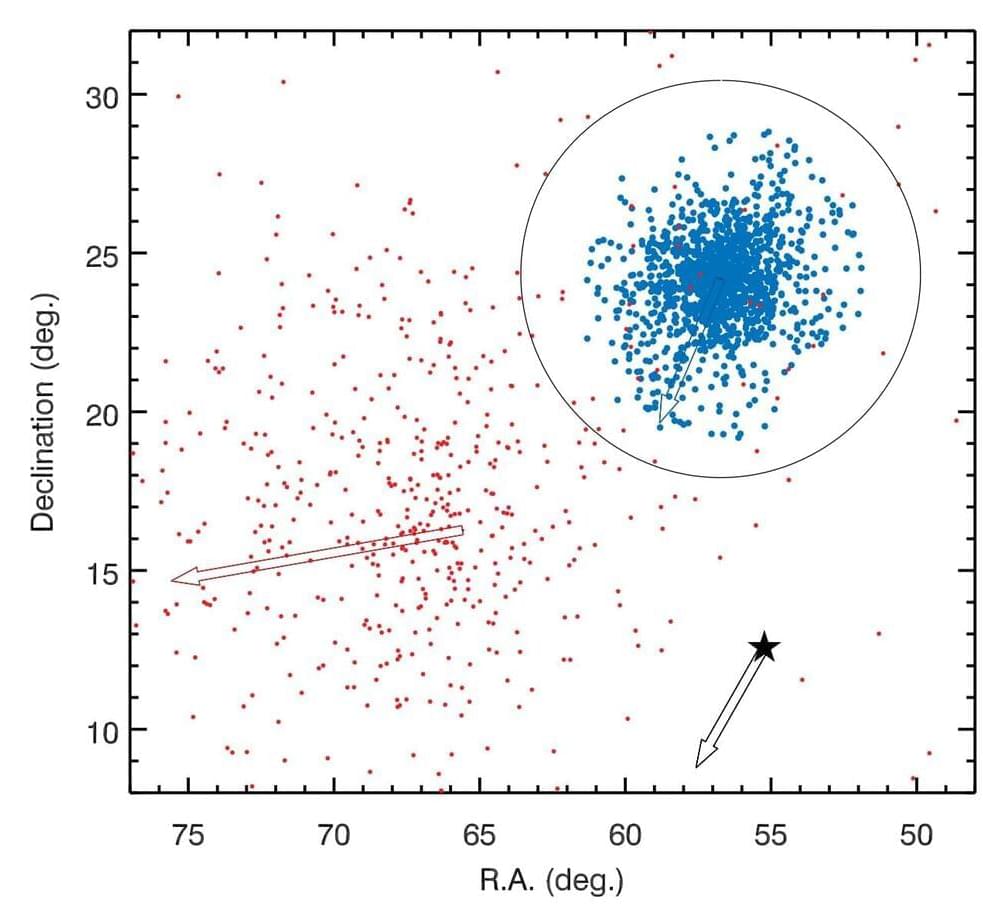The Earth-like planet is almost the same size as Earth, but it has a four-day year.
An international team of astronomers discovered a new planet that greatly resembles Earth in size.
The astronomers confirmed the existence of K2-415b, an exoplanet orbiting an M dwarf star some 72 light-years away from Earth, according to a press release.
## Discovering an alien world
The team behind the discovery set out to look for stars that could be suitable hosts for planets that may harbor life.
In a paper available in the preprint server arXiv, they explain how they used a method called radial velocity. Essentially, the gravity of orbiting exoplanets causes small wobbles in the light emitted by the planet’s host star. These wobbles change the color of the light, allowing astronomers to detect them from Earth.
Radial velocity is one of several methods astronomers use to detect exoplanets — any planet that is not part of our solar system. Other methods include direct imaging and the transit method, which measures the periodic drop in light of a distant star as an exoplanet passes between the star and an observatory’s field of view.
According to NASA’s website, the transit method is the most successful, as it accounts for 3,941 exoplanets discovered, while radial velocity is the second most successful, accounting for 1,025.
## How K2-415b compares to Earth
The scientists determined the location of K2-415b relative to its host star and found that it orbits much closer to its host star than Earth, meaning it orbits its star in only four days.










Comments are closed.